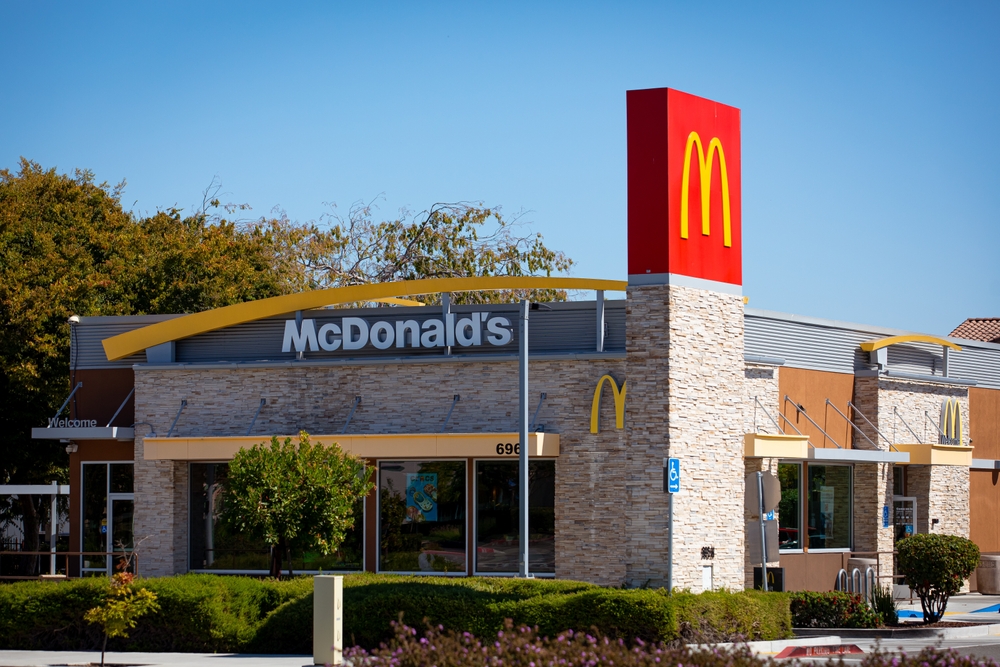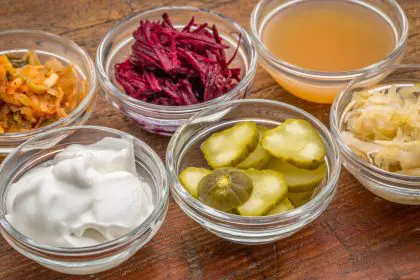McDonald’s and Krispy Kreme have ended their partnership after barely a year, with the donut chain unable to make the economics work at the scale required by the fast-food giant. The collapse of what seemed like a natural pairing between two beloved American brands underscores the complex realities behind corporate collaborations that look seamless to consumers.
The partnership officially terminated July 2, 2025, following months of increasingly pessimistic assessments from Krispy Kreme about its ability to operate profitably within McDonald’s system. What began with considerable fanfare and ambitious expansion plans devolved into a cautionary tale about mismatched business models.
Rapid expansion exposed fundamental operational flaws
Krispy Kreme had moved quickly to establish its presence in McDonald’s restaurants, rolling out donuts to more than 2,400 locations across Indiana and Kentucky by March 30, 2025. The company had projected nationwide availability by the end of 2026, a timeline that would have represented one of the most aggressive food service expansions in recent memory and potentially transformed both companies’ market positions.
The partnership emerged from testing that began in March 2024 at 160 Kentucky locations, where three signature flavors – Original Glazed, Chocolate Iced with Sprinkles, and Chocolate Iced Kreme Filled – performed well enough to justify broader deployment across multiple states. Initial consumer response appeared positive, with customers embracing the convenience of accessing Krispy Kreme products through McDonald’s extensive network of locations.
However, the financial realities became apparent by May 2025, when Krispy Kreme announced it was reassessing deployment schedules and suspended plans for additional restaurant launches during the second quarter. The company acknowledged it was struggling to develop a profitable business model that worked for both partners while maintaining quality standards and operational efficiency.
Cost structure proved incompatible with McDonald’s business model
Krispy Kreme CEO Josh Charlesworth ultimately acknowledged that his company could not align its costs with the unit demand at McDonald’s locations, a frank admission that highlighted fundamental mismatches between the two companies’ operational approaches. The revelation exposed how Krispy Kreme’s artisanal production methods conflicted with McDonald’s industrial-scale efficiency requirements and profit margin expectations.
McDonald’s operates on extremely tight margins, relying on standardized products that can be produced and distributed with maximum efficiency across thousands of locations. Krispy Kreme’s donuts, while popular with consumers, required production and logistics processes that proved too expensive to sustain within McDonald’s stringent cost structure and operational timeline demands.
The partnership also revealed different strategic priorities between the companies regarding quality versus cost optimization. While McDonald’s Chief Marketing and Customer Experience Officer Alyssa Buetikofer praised Krispy Kreme’s product quality and collaborative approach throughout the partnership, she emphasized that financial viability for all parties was essential for any long-term business relationship to continue successfully.
Strategic implications remain limited for McDonald’s operations
McDonald’s downplayed the partnership’s termination, characterizing Krispy Kreme as representing only a small, non-material portion of its breakfast business operations and overall revenue streams. The assessment suggests that while the donuts generated consumer interest and media attention, they never became integral to McDonald’s revenue targets or long-term strategic positioning in the competitive breakfast market.
The quick dissolution reflects McDonald’s pragmatic approach to partnerships and menu additions, demonstrating the company’s willingness to cut ties when financial performance doesn’t meet expectations. The company has consistently shown willingness to experiment with new offerings and partnerships but maintains strict financial discipline when initiatives fail to meet predetermined performance benchmarks and profitability targets.
This approach allows McDonald’s to test market opportunities without committing to unsustainable business relationships that could impact its core operational efficiency and profit margins across its extensive restaurant network.
Broader lessons for food industry collaborations and partnerships
The failed partnership illustrates recurring challenges in food service collaborations, where brand appeal and consumer enthusiasm often mask fundamental operational incompatibilities that become apparent only after significant investment and deployment. Companies with different cost structures, production methods, and profit requirements face significant hurdles in creating sustainable joint ventures that satisfy all stakeholders involved.
The experience may prompt both companies to pursue more strategically compatible partnerships in the future that better align with their respective operational capabilities and financial requirements. Krispy Kreme will likely seek distribution partners whose operational models better accommodate its production requirements and quality standards, while McDonald’s continues focusing on menu additions that align with its efficiency-driven approach and standardized operational procedures.
The partnership’s brief duration serves as a reminder that successful food service collaborations require more than popular products and recognizable brands – they demand compatible business models, aligned cost structures, and realistic financial projections that work for all parties involved in the long term.













